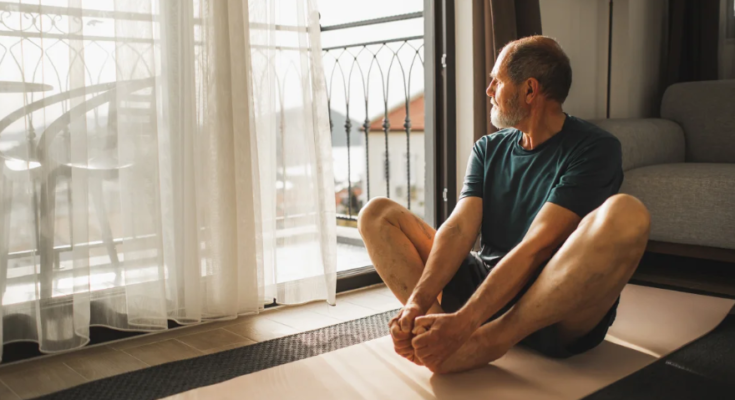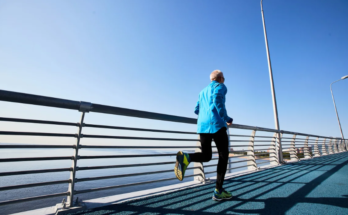**Understanding Mobility Decline with Age**
As we age, our bodies naturally undergo changes such as decreased muscle mass, joint stiffness, and slower recovery times. However, losing mobility isn’t a guaranteed part of aging; it often results from a decrease in movement.
Many people tend to adopt a more sedentary lifestyle as they get older, which can worsen muscle loss and joint stiffness. When we neglect to move our bodies through their full range of motion, they adapt by reducing that range. While this can happen at any age, the effects become more pronounced as we grow older.
The encouraging news is that mobility loss doesn’t have to be a given. By adopting simple and strategic habits, you can maintain your mobility throughout your life.
1. **Utilize Your Body’s Full Movement Design**
Consider how you naturally move throughout your day—reaching for items, pulling doors open, squatting to tie shoes, twisting to grab a seatbelt, and engaging your core for sitting and standing. These everyday movements happen in various directions, but many overlook training them consistently.
Like your daily movements, exercises should also engage all three planes of motion: sagittal (forward and backward), frontal (side to side), and transverse (rotational). Training your body to move in all its designed ways supports your functionality and mobility while helping to prevent pain and injury as you age.
2. **Incorporate Movement Throughout Your Day**
Mobility extends beyond just workouts; it encompasses how you move throughout the day. If you’re mostly sitting, your body tends to adapt to that position, which can lead to tighter hips and weaker postural muscles.
Instead of counting on lengthy stretching routines that may not always yield results, try incorporating brief movement breaks into your day. Get up and move for just a few minutes, even if the space is limited. Changing positions frequently and embracing natural movements like reaching, twisting, and bending can be quite beneficial.
One effective way to make daily movement a habit is through “habit stacking,” where you pair an exercise with an existing activity. For instance, after getting up from a chair, consider doing five air squats or four step-back lunges.
3. **Dedicate Five Minutes to Mobility Each Day**
Starting your day with just five minutes of movement can significantly improve how you feel and move throughout the day. A brief mobility routine, such as morning yoga, posture exercises while at your desk, or targeted stretches from your couch, done consistently, will enhance your overall movement capabilities over time.
Engaging in daily mobility work is not solely about maintaining flexibility; it’s also an opportunity to connect with your body. A regular routine helps you identify areas of tightness or discomfort before they escalate into bigger issues. Should you experience ongoing pain or restricted movement, don’t hesitate to consult with a doctor, physical therapist, or movement specialist for guidance on any underlying concerns.



